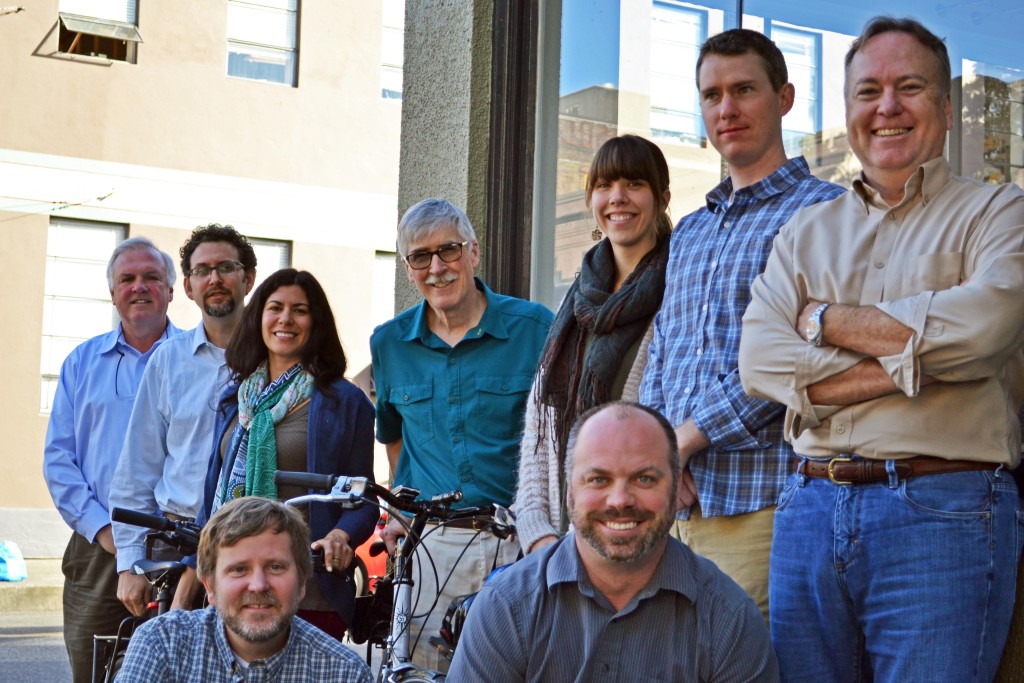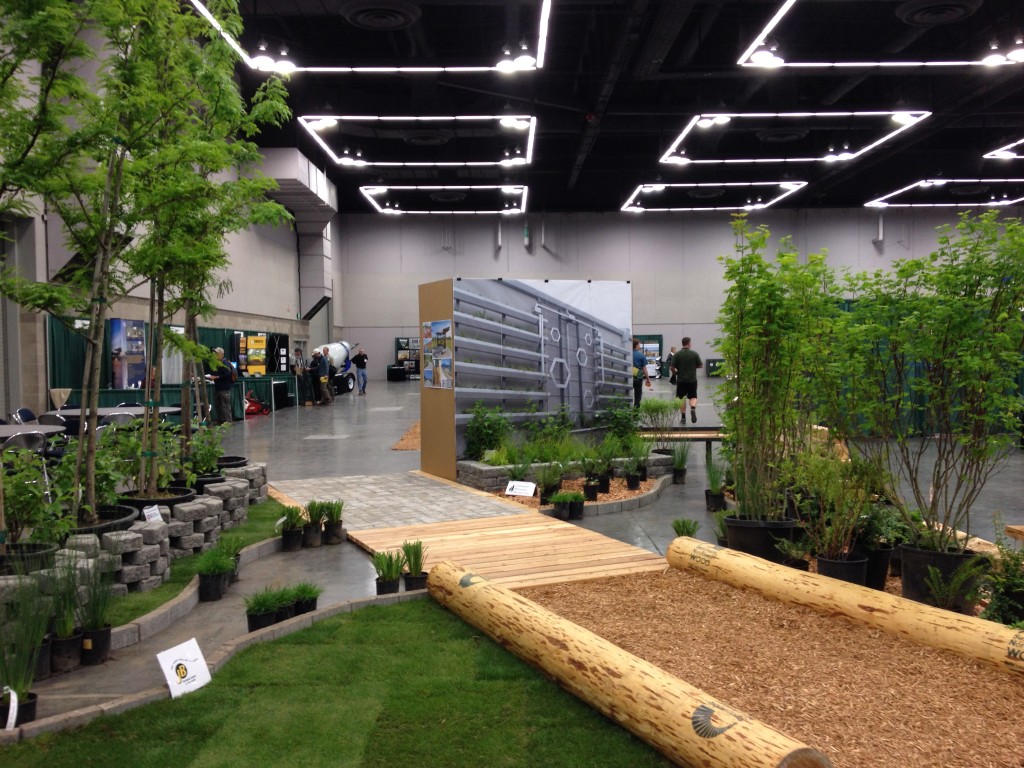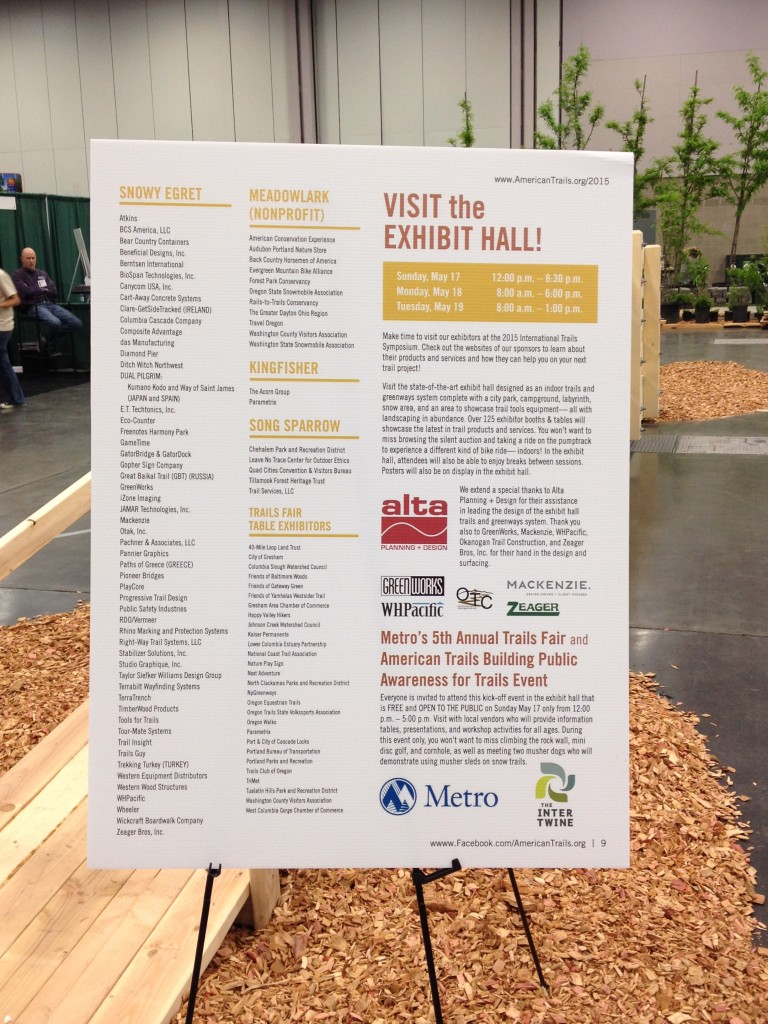A reprint of a recent editorial in The Oregonian, from Sunday, August 16, 2009
The coolest roofs in the world
by The Oregonian Editorial Board, Sunday August 16, 2009, 10:32 AM

Jason King, a landscape architect who designed the green space on the fifth floor of the Multnomah Building, says most folks don't even know the green roof exists.
"Portland helped pioneer a growing movement in green roofs, but the city must look to Chicago, Toronto and Tokyo for more inspiration
Portland's history with green roofs traces back to a rainy day in 1996 when Tom Liptan stood in his driveway, soaking wet, watching to see whether if his new garage roof, a combination of soil and plants, would hold water.
It did.
Thirteen years later, Portland boasts 165 green roofs, and counting. And Liptan, a landscape architect for the city's Bureau of Environmental Services, has become a nationally known expert in vegetative roofs. And every year, scores of Portland homeowners and builders now seek grants from the city to develop more green roofs.
Green roofs have become a nice little environmental success story in Portland. But they are emerging as much more in places such as Chicago, Toronto and Tokyo that have taken green roofs to a whole new scale. In Tokyo, for example, atop the towering high rises in the Mori Building complex you can find rice paddies, vegetables and trees amid a stunning rooftop garden. In Chicago, a strong push by city officials and private contractors have led to more than 600 green roofs covering more than 3 million square feet.
These roofs are cool, in every sense of the word. Tokyo, Chicago and others are emphasizing green roofs as a way to cool the "heat islands" created by the concrete, asphalt and metal of modern cities. The Mori Building complex, for example, has helped cut temperatures by several degrees in Tokyo's Roppongi Hills district.
Liptan and others pioneered green roofs in Portland as stormwater collectors, designed to catch and hold heavy rains and reduce pressure on the city's often overwhelmed combined sewer system. But during the recent string of days in the high 90s and 100s, for example, the thick, naturally insulating roofs did double duty, keeping buildings cool.
"Green roof" is a catch-all term. It covers "eco-roofs," which are thin layers of soil and simple vegetation, such as grasses, and "garden roofs," which are more elaborate and intensive green roofs. Portland now has about 9.5 acres of ecoroofs, and about 11.5 acres of garden roofs. The city has set an ambitious goal of more than doubling the acreage of green roofs by 2013.
It's an ambitious but realistic goal, even for a city that has no plans to emulate Toronto, Tokyo and others that require some green roofs in large new urban developments. Portland uses a range in incentives, from grants to expanded development rights, to coax more builders into incorporating green roofs.
That's getting easier and more feasible all the time. There's a fledging green roof industry in Portland and the Northwest that is developing best practices and new materials, and identifying plants able to best withstand the heat and wind of the roof environment. It's also helping dispel some of the myths and misconceptions, such as the worry that green roofs are especially vulnerable to leaks. In fact, well built green roofs have an anticipated life span of 40 years -- twice that of many conventional roofs.
When you spend time on some of the world's most impressive green roofs, as one of our Editorial Board members writers did during a recent trip to Tokyo, you see the tremendous potential of green roofs, not just to cool heat islands, but to create far more usable, beautiful space in a city. In one Tokyo neighborhood a high-rise was covered with a "kitchen garden," covered with olive trees and grapevines. In another, the "Vertical Garden City" of Roppongi, a rice paddy and vegetable garden stood more than 130 feet above a development that lined with thousands of cherry trees.
That's a long way from Tom Liptan's humble goal of capturing stormwater runoff on his garage roof. But smart, creative people in Portland are doing great things with their roofs, too, such as growing heirloom tomatoes and vegetables.
Yet there's still an enormous opportunity with green roofs in Portland. Yes, doubling the total area of green roofs here to 40-plus acres by 2013 is an ambitious goal. But next time you fly into Portland International Airport, or look down from a Portland high rise, look down at all the roofs. There are 12,500 acres of conventional roofs in Portland. This city has only begun to go green."













